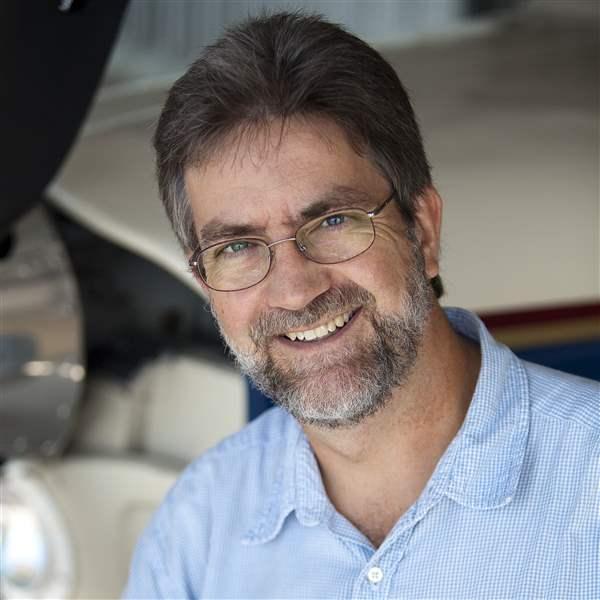Aviation serves as a model
It's long been recognized within the aviation community that a structured approach to flying increases safety. In fact, aviation's current operational structure--think of it as a checklist mentality--began decades ago in an effort to shrink a comparatively high number of accidents and incidents, and the approach worked. A similar structure exists in essentially all air operations, from the airlines and the military to general aviation--from Boeing 777s to F-15s to Cessna 152s. This structure has continued to evolve over time, adding concepts such as cockpit resource management and crew briefings to the foundation of checklists.
Now, the nonflying world is beginning to realize that there's a lot to be learned from aviation. Aviation's characteristics can be correlated to any number of other professions and activities--I'm sure you can think of some. What about health care? It wasn't at the top of my list, either.
But the parallels are striking. Many adverse events in health care are caused by human error, and failures in communication and decision-making are among the contributors. According to a recent article in the New York Times, the health-care community has been studying aviation accidents--and what the industry has done to prevent them.
According to a report issued in 1999 by the National Academy of Science's Institute of Medicine, between 44,000 and 98,000 people die each year as a result of medical errors that could have been prevented. Some professional pilots have become health-care consultants, and a number of health-care facilities have hired such consultants or implemented cockpit resource management-based safety practices.
"They learn standard cockpit procedures like communication protocols, checklists, and crew briefings to improve patient care, if not save patients' lives," the October 31, 2006, article said. "Though health care experts disagree on how to incorporate aviation-based safety measures, few argue about the parallels between the two industries or the value of borrowing best practices."
We've used this model for years with AOPA Flight Training, adapting best practices from other areas of aviation. The industry's experienced professionals have a lot of knowledge that they can share with all the rest of us, regardless of whether we're just getting started in aviation or if we've been flying for a few years.
In "Low Aspirations" (p. 22), Karen M. Kahn shares her approach to descent planning. Kahn is a captain for a major U.S. airline; she holds airline transport and flight instructor certificates and is an FAA aviation safety counselor and an aviation career counselor.
Another of this month's features, Ralph Butcher's "Incorrect Priorities" (p. 26), dispels one of the great myths about instrument flight. A retired United Airlines captain, Butcher is the chief flight instructor at a California flight school. In nearly 50 years of flying both fixed- and rotary-wing aircraft, he has accumulated more than 25,000 hours of flight time and written several informative flight manuals and training syllabi.
Speaking of professional pilots, columnist Wayne Phillips says that the airline industry was on track to make notable gains during 2006. In "Careers: Out of the Valley" (p. 45), Phillips writes that the industry's overall financial condition improved during the first 10 months of the year--and a number of carriers were hiring pilots.
While aviation's accident rate is significantly better than it was 30 years ago, like every other activity, an element of risk remains. Our entire staff was saddened to learn that Ryan Sageser ("Why We Fly: Star Light, Star Bright," December 2006 AOPA Flight Training) and his father were killed when their airplane went down northeast of Tulsa, Oklahoma, early on November 5. Two other passengers survived with serious injuries. We chose to publish his profile because he seemed like a very bright young man with a promising future. At press time the National Transportation Safety Board had not released any information regarding possible causes of the accident; typically NTSB final reports aren't issued until a year or more after an accident. Our thoughts and prayers go out to the Sagesers' family and friends.



